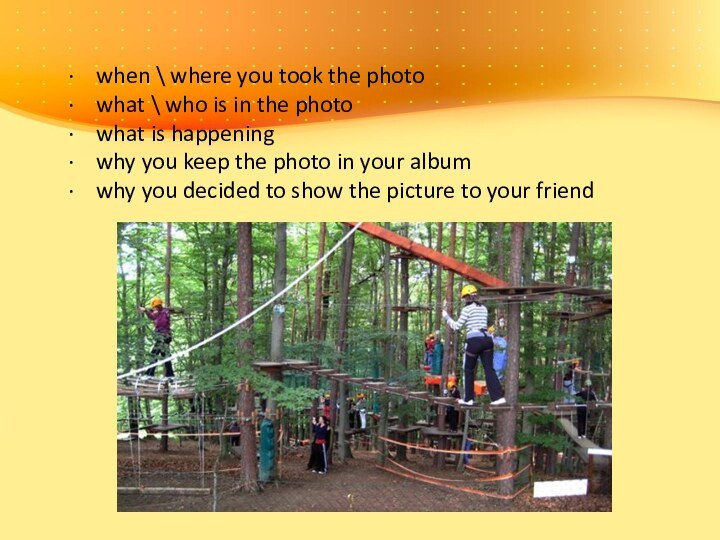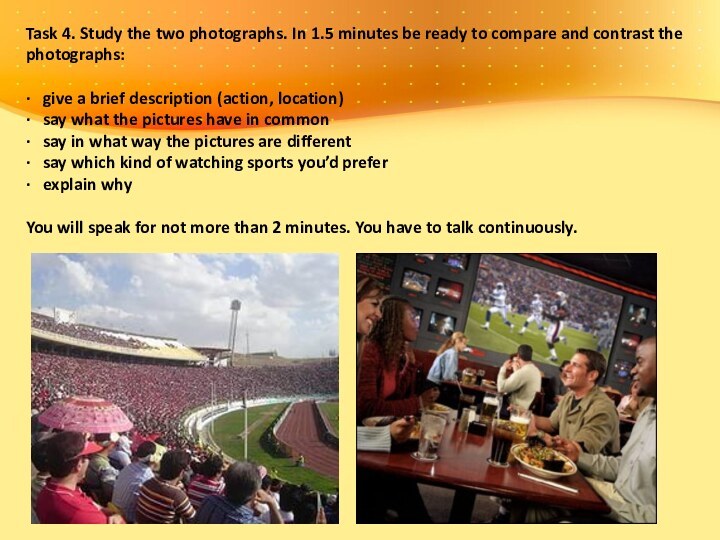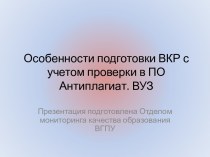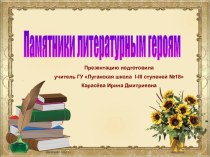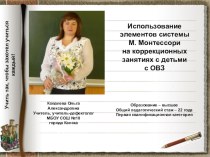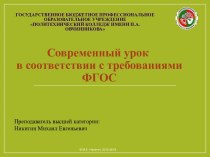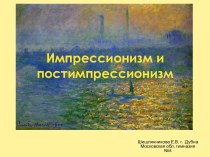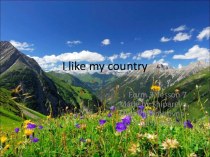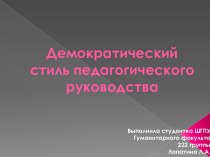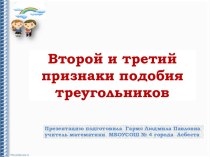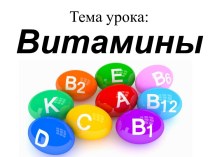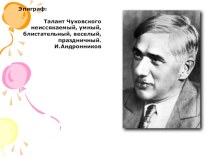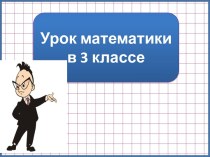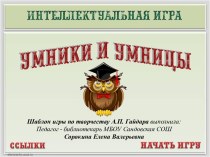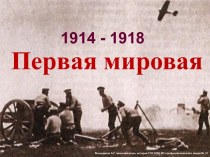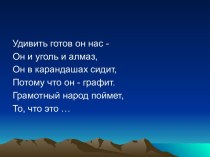project with your friend. You have found some interesting
material for the presentation and you want to read this text to your friend. You have 1.5 minutes to read the text silently, then be ready to read it out aloud. You will not have more than 1.5 minutes to read it.Estonia is one of the most computer literate nations in the world. In Estonia computer programming is not seen as the realm of the nerds. Estonian children see it as fun, simple and cool, and a good way of earning money in the future.
A school teacher of Information Technologies, who teaches primary school children of the age of 7 to 10 how to develop computer programs, gave an interview to a BBC correspondent. This teacher works at the school of a small village near Tallinn, the capital of Estonia. He spoke good English, unusually good for a countryside teacher in post-Soviet countries, whose subject is not the English language.
Computer programming has been on the time-table of the secondary schools of Estonia for some time, but recently it has been introduced for primary school children. At the moment, over twenty schools, all of them are in countryside, participate in a special state-sponsored computer education program, which is a part of a wider program called Tiger Leap, which is aimed at modernization of education. In case of positive outcomes of this experiment (and nobody has any doubts that they will be positive) the program will be expanded to include many more schools. Teachers believe that computer programming develops logical thinking and creativity, which can be applied not only to computer programming.
But this is only a part of the computerization of schools. Another part is that all schools have gone online. It helps the parents to get a feedback on their children from schools and teachers, to see progress of their kids, to know what is taught and what homework is given to them.
Another application is to use computers and software for teaching other subjects. For instance, a special browser-based MMPOG was developed to introduce young children to Estonian culture, traditions, myths and history.










